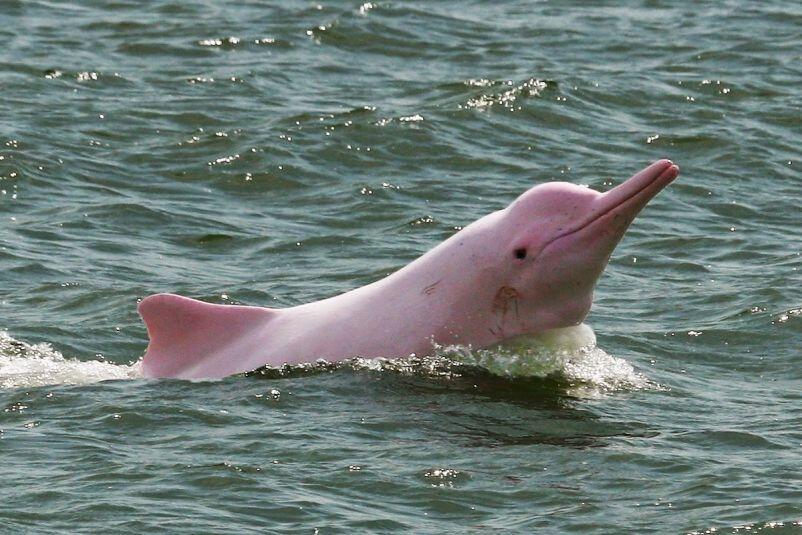The pink dolphin of the Amazon is threatened by fishing, hydroelectric and pollution. To ensure their safety and learn more about the species, they have been implanted with a chip that monitors them satellite-wise.
These dolphins, called “botos” in Brazil, have been named “Ambassadors of the Amazon River”, but there is not enough data about them. That is why WWF (World Wildlife Fund) along with other NGOs and government organizations initiated a plan to collect information in order to ensure their conservation.
The first strategies consisted of conducting censuses, educating and training local leaders, designing educational programs and studying the biology of these animals. Researchers are currently tracking satellite populations of pink dolphins along the rivers of the Amazon. In small boats with the support of fishermen and indigenous people, the researchers went out in search of the dolphins of the species Innia geoffrensis and Inia boliviensis to install the tiny electronic devices in their fins.
There are already about eleven dolphins, distributed throughout Brazil, Colombia, Bolivia and Peru, monitored daily and that provide information on cetaceans: genetic profile, health aspects, mercury contamination, behavior before hydroelectric dams.
“It is a pioneering system in the Amazon. It had been done before with a radio, but it is the first time that it has been done with a satellite, and that is how we got to accompany the animals in real time, “Marcelo Oliveira, conservation specialist for the Amazon Program of WWF Brazil, told Efe.
Problems faced by dolphins
The hydroelectric plants , according to Oliveira, leave the landscape more uniform and can modify the fish populations, the main food of the Amazonian dolphins, although the final conclusions can be extracted thanks to satellite control.
A study published in the journal Nature in 2017 counted 140 dams that are already in operation in the basin and 428 dams in the plans of different companies and governments.
Pink dolphins also suffer from fishing pressure . Species such as piracatinga are attracted to the meat of these cetaceans, which is more fat and has a stronger smell. Some fishermen in the Amazon region kill dolphins to use as bait.
“We, who live here, know that environmental problems only increase and damage to ecosystems is increasing,” says Colombian researcher Fernando Trujillo of the Omacha Foundation.
The objective of this follow-up work is to gather more information about the species in order to make decisions and actions that protect the pink dolphin and its habitat.
WWF estimates that there are currently between 20,000 and 50,000 dolphins in the Amazon, but there are still many “unexplored” areas in the region, so the figure is uncertain. Of the seven species of freshwater dolphins on the planet, the Amazon concentrates the largest population.
How is the process of marking the dolphins?
The process follows a rigorous protocol that prioritizes the welfare of animals. The capture occurs with the use of networks manipulated by experts. Once caught, the dolphins are taken to shore to mark them in an operation that lasts about 15 minutes on average, before being returned to the water. During the tagging none of the dolphins was injured during the operation and none showed any negative effect after the launch.
source :http://bit.ly/2CHloDn











